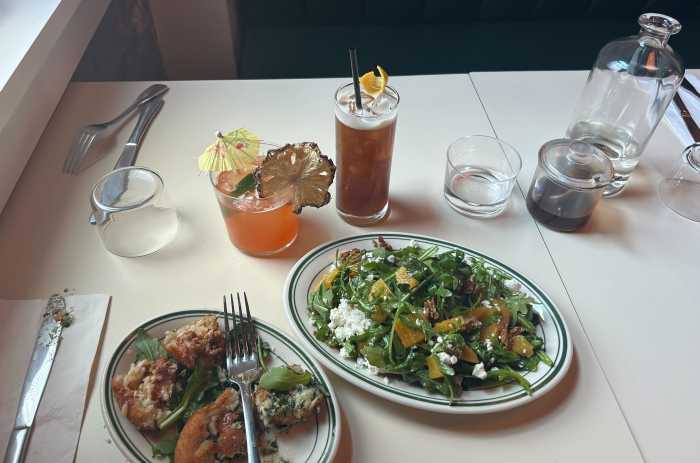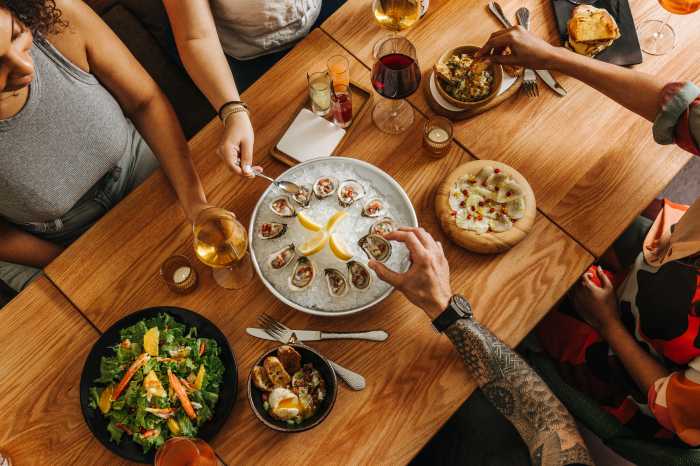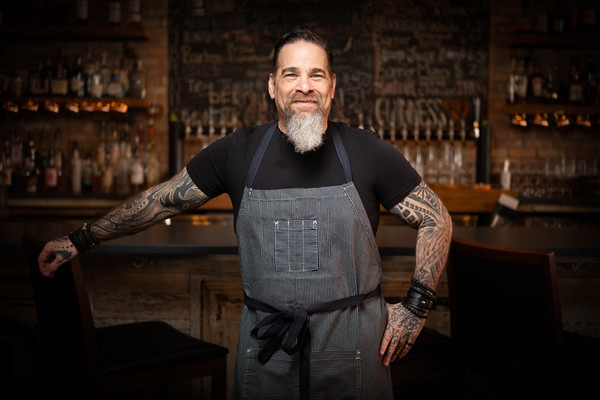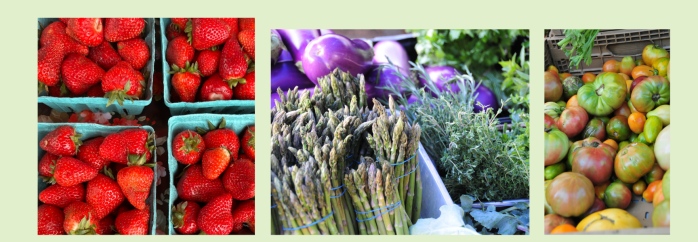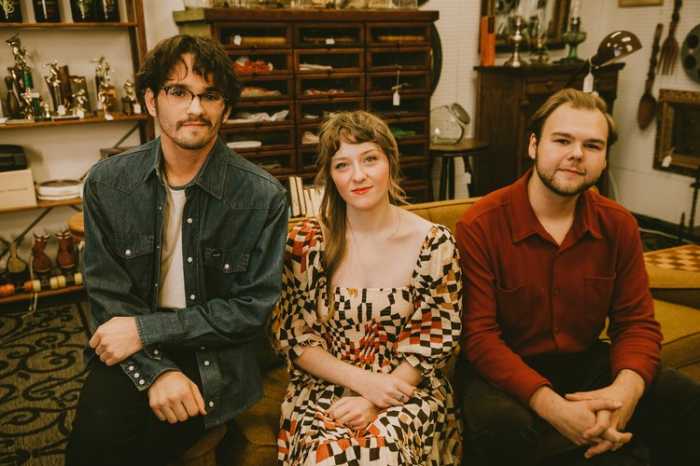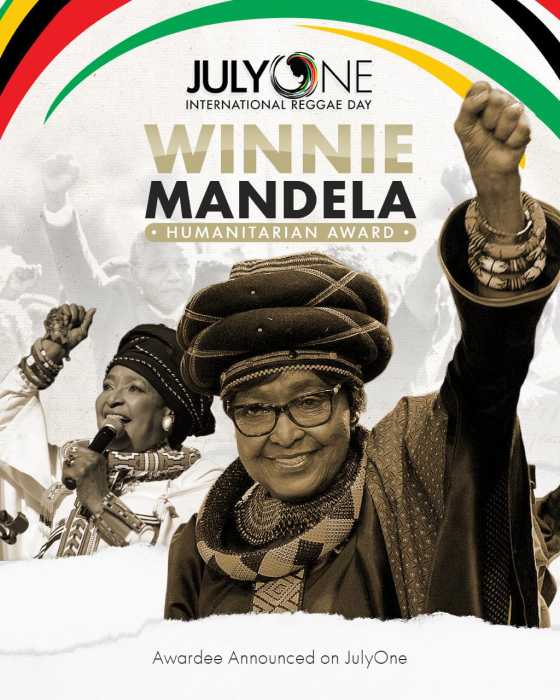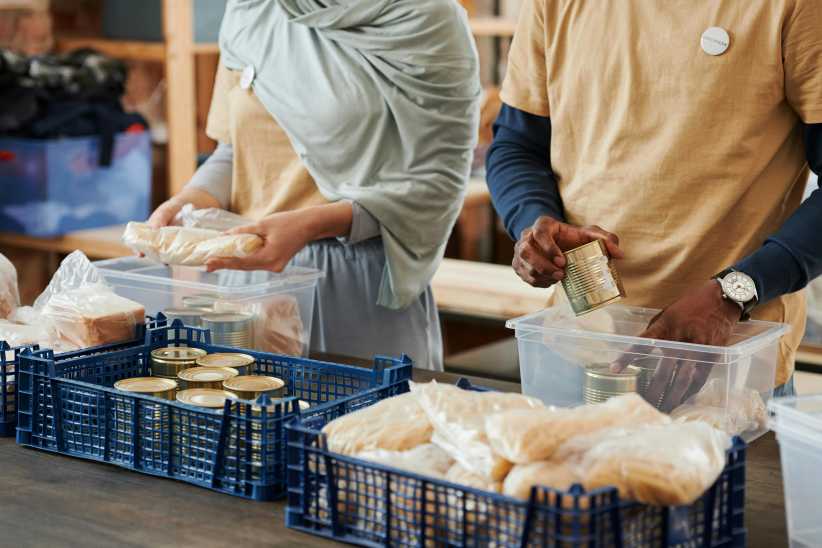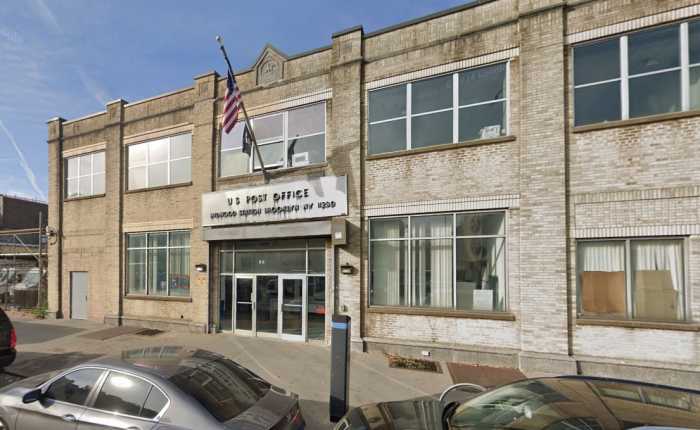Historic cookery specialist Carolina Capehart, who will demonstrate the art of early 19th century cooking at the Wyckoff Farmhouse Museum in East Flatbush in July and August, shared three “receipts” — or recipes, which she believes will be “fairly easy for readers to try” — two for corn bread from Catharine M. Rapelye Wyckoff’s 1855 manuscript — or, handwritten — cookbook as well one for “Indian Cakes” from an 1831 cookbook.
“Note that no specific ‘how-to’ instructions are given,” explained Capehart. “This was typical, even in published cookbooks, as it was expected you knew what to do. The purpose of the list was just to jog your memory. And in the first one, cornmeal isn’t even mentioned!”
Over time, the definition of corn bread has evolved, said Capehart.
“Sugar is included in the second [recipe]. By the mid- to late-1800s, this was becoming more common, particularly in northern states. Prior to that, corn bread was just that — bread. If the second ‘receipt’ had been written earlier, even just 20 years or so, there would be no sugar at all!”
Even the definition of the word “corn” has changed, said the actor-turned-chef.
“In Old World Europe, the word ‘corn’ referred to any grain, be it wheat, rye, etc.,” explained Capehart. “Therefore, the words ‘Indian meal’ [‘receipt’ 2] were used to denote corn, meaning the food native to the New World and grown and used by its original inhabitants.”
For all of the recipes, preheat oven to 350 degrees Fahrenheit. After baking for 20 minutes, slide a knife in the center. If it comes out clean, it’s done. If not, check again in five minutes.
Corn bread (receipt 1)
1 pint sweet milk
1 pint buttermilk
2 eggs
half-cup butter
1 teaspoon of soda
Corn bread (receipt 2)
2 cups of Indian meal
1 cup of flour
2 eggs
half-cup sugar
1 spoonful of soda
2 [spoonfuls] of cream of tartar
Milk to make a good batter
A little salt
Indian Cakes, or pone
1 quart milk
3 large eggs
1 cup corn meal, add more as needed
1 tsp pearlash or baking soda
“For making Indian Cakes, to one quart of milk, add three eggs. Beat them well, then add as much meal as will make a batter of the same consistency as is used for buckwheat cakes. Pour it into a bake-kettle and bake as for other cakes. When sour milk can be had it is to be preferred, into which put some ‘pearlash’ as for making biscuit. [‘Pearlash,’ or potassium bicarbonate, is a leavening agent that was made from wood ashes. — CC]
“When cakes are made according to the above directions, most people prefer them to wheat bread, and no doubt they are more healthy. They should be eaten warm, and with a cup of coffee make an excellent breakfast. In addition to all other recommendations they are economical.”
— “The Genesee Farmer,”Rochester, New York,1831, adapted byCarolina Capehart


